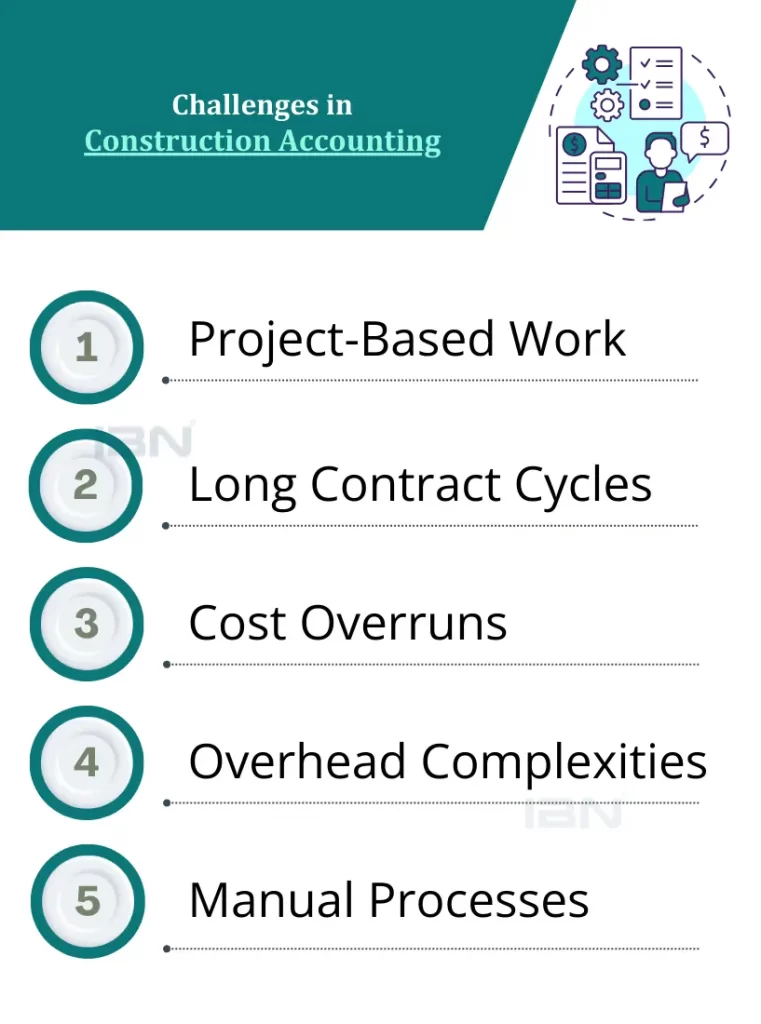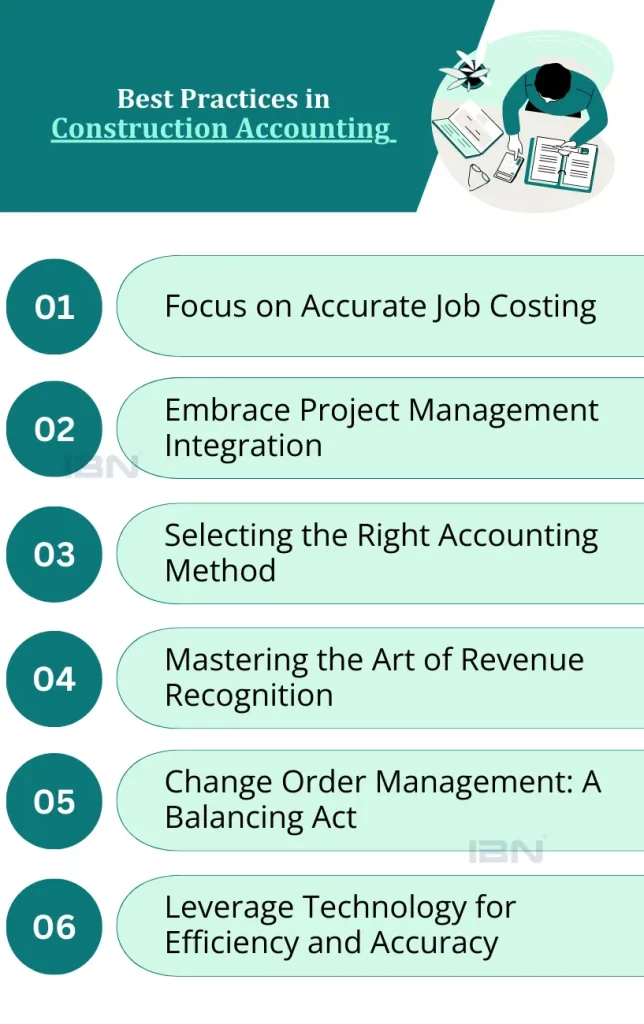2. Embrace Project Management Integration
Construction projects involve a multitude of moving parts, from material procurement and labor scheduling to subcontractor management and progress billing. Integrating your accounting software with your project management system can streamline workflows and enhance financial visibility.
This integration allows you to:
Automatically capture project-related costs from purchase orders, timesheets, and subcontractor invoices.
Track project progress and compare actual costs to budgeted costs in real-time.
3. Selecting the Right Accounting Method
One size does not fit all when it comes to accounting methods in construction. The choice between cash-basis accounting and accrual-basis accounting depends on the size and complexity of your business:
Cash-Basis Accounting: This simpler method records income when cash is received and expenses when cash is paid. It's suitable for smaller companies with straightforward projects.
Accrual-Basis Accounting: This method recognizes income when it is earned (even if not received yet) and expenses when they are incurred (even if not paid yet). This method is required for larger companies and those working on long-term projects, as it provides a more accurate picture of financial performance.
4. Mastering the Art of Revenue Recognition
Revenue recognition, the process of recording income when it is earned, presents unique challenges in construction due to the extended project lifecycles and progress payments. Here are the three primary revenue recognition methods used in construction:
Percentage of Completion: This method recognizes revenue based on the percentage of work completed on a project at the end of each accounting period. It's suitable for long-term projects with clearly defined milestones.
Completed Contract Method: Revenue is recognized only upon full completion and acceptance of the project. This method is often used for smaller projects or those with high upfront costs.
Cash Receipts Method: This method recognizes revenue only when cash is received from the customer. While simpler, it may not provide a clear picture of your company's financial performance.
Choosing the appropriate revenue recognition method depends on the nature of your projects, contract terms, and the desired level of financial transparency. Consulting with a qualified accountant can help you navigate these complexities.
5. Change Order Management: A Balancing Act
Change orders, and modifications to the original project scope, are inevitable in construction. While they can present opportunities for additional revenue, they can also disrupt budgets and timelines. Effective change order management is crucial for maintaining project profitability.
Here are some best practices for managing change orders:
Make sure that all changes are documented in writing, including the scope of work, costs, and approval process.
Negotiate fair pricing for additional work.
Update project budgets and timelines to reflect the impact of the change order.
By implementing a robust change order management system, you can mitigate risks and ensure that changes contribute to, rather than detract from, your project's success.
6. Leverage Technology for Efficiency and Accuracy
Construction accounting software is not a luxury; it's a necessity. These specialized software solutions offer a range of functionalities designed to streamline processes, improve accuracy, and enhance financial visibility. Here's how accounting software can empower your business:
Automated Workflows: Eliminate manual data entry by automating tasks such as generating invoices, processing payments, and reconciling bank statements. This reduces the risk of errors and frees up valuable time for strategic tasks.
Improved Collaboration: Foster collaboration between accounting, project management, and field teams by providing a centralized platform for accessing and sharing financial data. This promotes better communication and decision-making.
Enhanced Reporting: Generate real-time reports that provide insights into project performance, job costing, cash flow, and overall financial health. Use these reports to identify trends, make informed decisions, and improve profitability.
Mobile Accessibility: Access project financials and reports from anywhere, anytime with mobile-friendly accounting software. This allows for on-site cost tracking and real-time decision-making.
7. Embrace Internal Controls and Security
Construction companies are susceptible to various financial risks, including fraud, theft, and errors. Implementing strong internal controls is crucial for safeguarding your financial assets. Here are some key areas to focus on:
Segregation of Duties: Ensure no single employee has control over multiple critical financial processes, such as approving invoices and making payments. This helps prevent unauthorized activities.
Access Controls: Restrict access to financial data and systems based on job roles and responsibilities.
Regular Reviews and Reconciliations: Regularly review bank statements, accounts payable and receivable, and project budgets to identify discrepancies and potential errors.
Data Security: Implement robust data security measures, including strong passwords, encryption, and regular backups to protect sensitive financial information.
8. Build Strategic Partnerships with Financial Professionals
Partnering with an expert accountant is a great way to ensure robust financial management. The expertise of construction accounting and financial management professionals at IBN Technologies, combined with sophisticated accounting software, results in an effective synergy. This collaboration empowers you to:
- Make informed decisions rooted in precise and insightful financial data.
- Boost your profitability by refining job costing and enhancing project management.
- Reduce risk with robust internal controls and expert compliance advice.
- Concentrate on what you do best—building excellence—while IBN handles the intricate financial details.
With IBN Technologies by your side, you gain a trusted financial partner who equips you to tackle the challenges of the ever-changing construction industry confidently and lays a strong foundation for enduring success.
Contact us to schedule your consultation and start building a more profitable and secure future!
Construction Accounting FAQs












